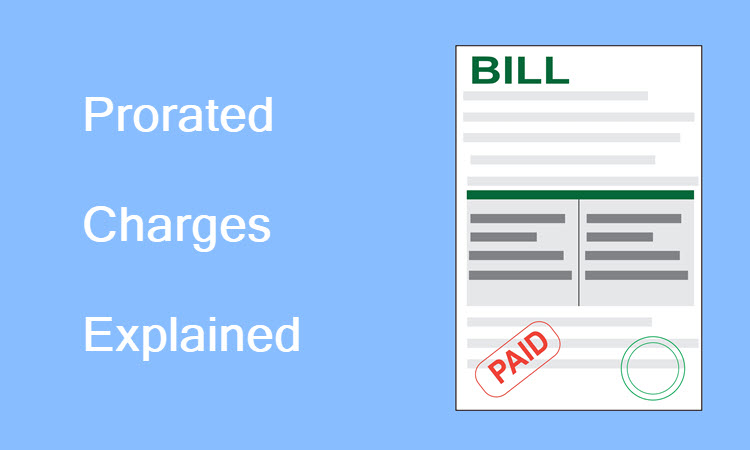During a billing cycle, customers sometimes decide to switch to a different price plan or cancel their subscription. In such cases, subscription businesses need to determine how much to charge their customers.
Subscribers who believe they were overcharged may become dissatisfied or even feel cheated. Proration helps merchants bill customers fairly and accurately.
Find out how prorated charges work, when to apply proration, and its impact on recurring revenue.
What Does Prorated Billing Mean?
Prorated billing means that the customer is charged based on the proportion of the monthly service they used.
For example, merchants who sell subscriptions charge customers based on the number of days during which their subscription was active. They use time as the basic unit to calculate if the customer needs to pay the full price or only a portion of the subscription.
How to Calculate Prorated Charges?
Typically, charges are prorated by dividing the price of a subscription by the number of days in the billing cycle. Merchants then bill the customer for the days they had access to the service.
Online merchants need automated solutions to help them prorate charges.

Developing a custom SMS (Subscription Management System) or integrating a third-party solution is the only way to calculate prorated charges and manage the volume of subscriptions in an online environment.
The easiest way to implement prorated charges is to choose a payment processor that provides automated billing solutions.
Prorated Payment Example
This practical example explains how prorated billing works:
- A customer signs up for a recurring subscription that costs $30 every 30 days (Standard plan).
- On day 17, the customer upgrades the subscription to a Premium plan which costs $50 every 30 days.
- The customer used the $30 Standard plan for 17 days and the $50 Premium plan for 13 days. The merchant must calculate and charge the customer proportionately.
| Subscription Plan | Standard ($30 every 30 Days) |
Premium ($50 every 30 Days) |
|---|---|---|
| Price per Day (Unit) | $30/30 days=1$ per day | $50/30 days = $1.66 per day |
| Prorated Charges | 17 days = $17 | 13 days = $21.66 |
| Total Charge | $38.66 | |
- The customer pays $38.66 for the 30-day billing cycle.
Customers do not need to wait for the previous subscription to expire. They gain access to the Premium plan immediately and continue to pay $50 every 30 days.
Why Are Prorated Charges Important?
Businesses with a subscription-based model should prorate charges because they result in the following benefits:
- Fewer refunds - Without prorations, merchants would need to refund customers for the portion of the subscription they did not use.
- Accurate billing - Proration ensures that customers are not overcharged but are billed the exact amount for the services they consume.
- Fewer chargebacks - Misunderstandings and unfair practices result in increased chargebacks. Prorated billing is a straightforward concept customers can easily understand.
- Better customer experience - Merchants can process subscription upgrades, downgrades, or cancellations without delay. Changes to the customer’s subscription are handled automatically and instantaneously.

- Increased revenue - Merchants can align charges with consumption as soon as the customer signs up for an upgraded subscription.
When Should Merchants use Prorated Payments?
Merchants who sell recurring subscriptions need to prorate charges in the following situations:
- Upgrades. Prorate charges applied when customers upgrade to a higher pricing plan.
- Downgrades. Prorated charges applied when customers downgrade their subscriptions.
- Cancellation. When customers cancel their subscription, they only pay for a portion of the subscription used.
- Retention. Merchants use prorated charges to offer customer retention discounts and other benefits to dissuade customers from canceling their subscriptions.
Conclusion
You know how prorated charges work and why they are essential for merchants who want to process subscriptions. Proration allows merchants to bill customers accurately from the moment they sign up until they decide to cancel their subscription.
Adjusting charges and managing multiple subscriptions is challenging without a well-rounded automated solution.
Look for a PSP (Payment Services Provider) with a proven track record in processing recurring transactions. They are likely to provide a built-in proration solution as part of their basic service.
